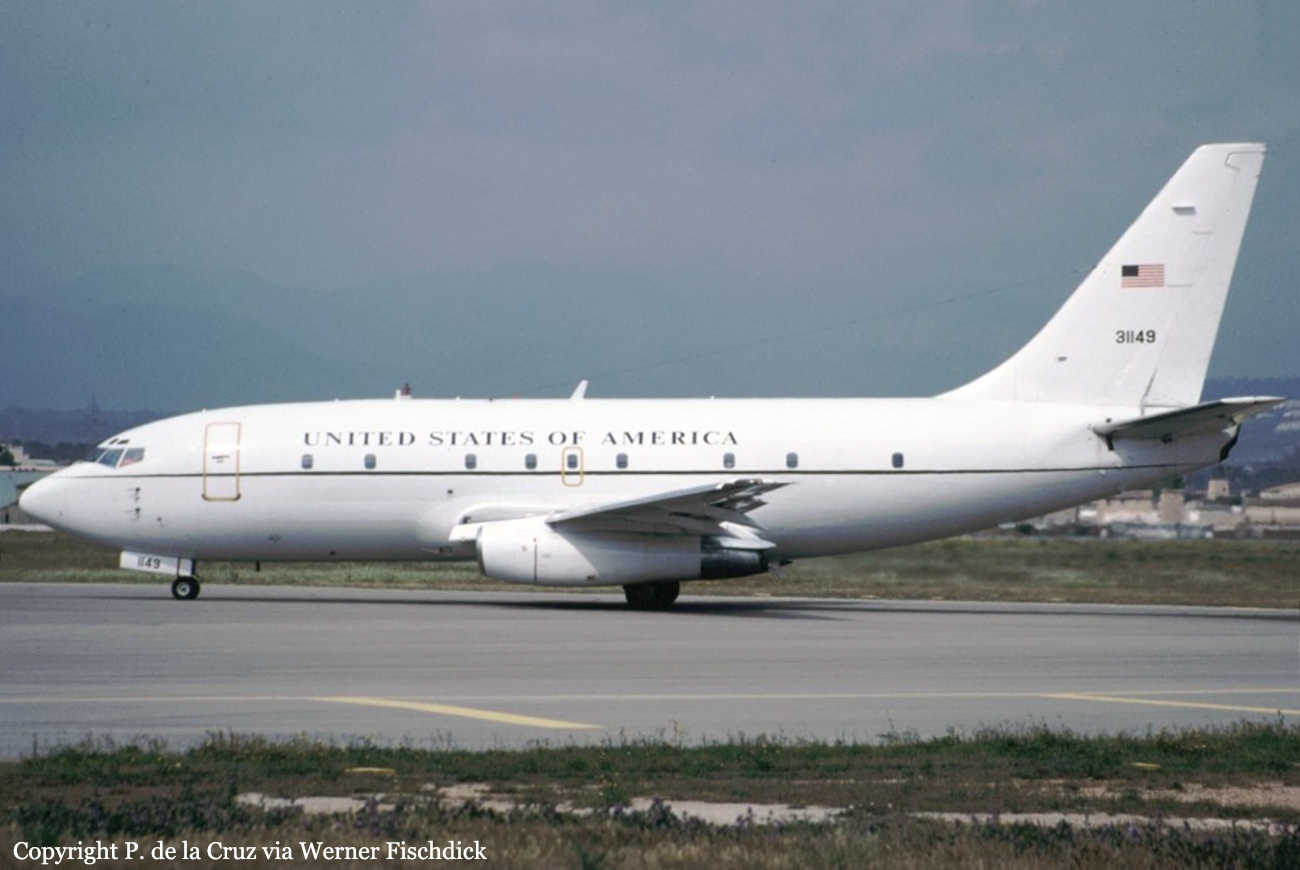Crash of a Boeing 737-2H4 in Almaty
Date & Time:
Apr 12, 1998 at 1448 LT
Registration:
P4-NEN
Survivors:
Yes
Schedule:
Aktyubinsk - Almaty
MSN:
20925
YOM:
1974
Flight number:
OEG717
Crew on board:
8
Crew fatalities:
Pax on board:
80
Pax fatalities:
Other fatalities:
Total fatalities:
0
Aircraft flight hours:
71160
Aircraft flight cycles:
84935
Circumstances:
After touchdown on a wet runway surface, the crew aircraft was unable to stop within the remaining distance. It overran at a speed of 80 knots, lost its right main gear and right engine before coming to rest few dozen metres further. All 88 occupants evacuated safely and the aircraft was damaged beyond repair.



















